Description
Korinthos – Torch Relay Greek Route
Athens 2004 Olympic Games Pin
The Olympic Flame past from Greek City, Korinthos.
The 2004 Summer Olympics Torch Relay took the Olympic Flame across every habitable continent, returning to Athens, Greece. Every citywhich had hosted the Summer Olympics was revisited by the torch, as well as several other cities chosen for their international importance.
The relay was the first time the Olympic flame had travelled to Africa, India and South America. The flame was transported from country to country aboard a specially-equipped Boeing 747 leased from Atlanta Icelandic (Registration TF-ARO) called Zeus. On board the flame was carried and burned continuously in specially modified miners lamps.
Korinthos is a city and former municipality in Corinthia, Peloponnese, Greece.
Acrocorinth, “Upper Corinth”, the acropolis of ancient Korinthos, is a monolithic rock overseeing the ancient city of Korinthos, Greece. “It is the most impressive of the acropoleis of mainland Greece,” in the estimation of George Forrest. Acrocorinth was continuously occupied from archaic times to the early 19th century. The city’s archaic acropolis, already an easily defensible position due to its geomorphology, was further heavily fortified during the Byzantine Empire as it became the seat of the strategos of the thema of Hellas and later of the Peloponnese. It was defended against the Crusaders for three years by Leo Sgouros.
Afterwards it became a fortress of the Frankish Principality of Achaea, the Venetians and the Ottoman Turks. With its secure water supply, Acrocorinth’s fortress was used as the last line of defense in southern Greece because it commanded the Isthmus of Korinthos, repelling foes from entry into the Peloponnese peninsula. Three circuit walls formed the man-made defense of the hill. The highest peak on the site was home to a temple to Aphrodite which was converted to a church, and then became a mosque. The American School’s Corinth Excavations began excavations on it in 1929. Currently, Acrocorinth is one of the most important medieval castle sites of Greece.
In a Κorinthian myth related in the 2nd century CE to Pausanias, Briareus, one of the Hecatonchires, was the arbitrator in a dispute between Poseidon and Helios, between the sea and the sun: his verdict was that the Isthmus of Corinth belonged to Poseidon and the acropolis of Corinth (Acrocorinth) to Helios.
The Upper Pirene spring is located within the encircling walls. “The spring, which is behind the temple, they say was the gift of Asopus to Sisyphus. The latter knew, so runs the legend, that Zeus had ravished Aegina, the daughter of Asopus, but refused to give information to the seeker before he had a spring given him on the Acrocorinthus.”
The pin depicts the Torchbearer passing from a monument of Korinthos city
Product: Olympic Pin
Pin code: #04-162-100
Tiraz: <1.000pcs
Official Licensed Product
Licensed Manufacturer: Efsimon Collection
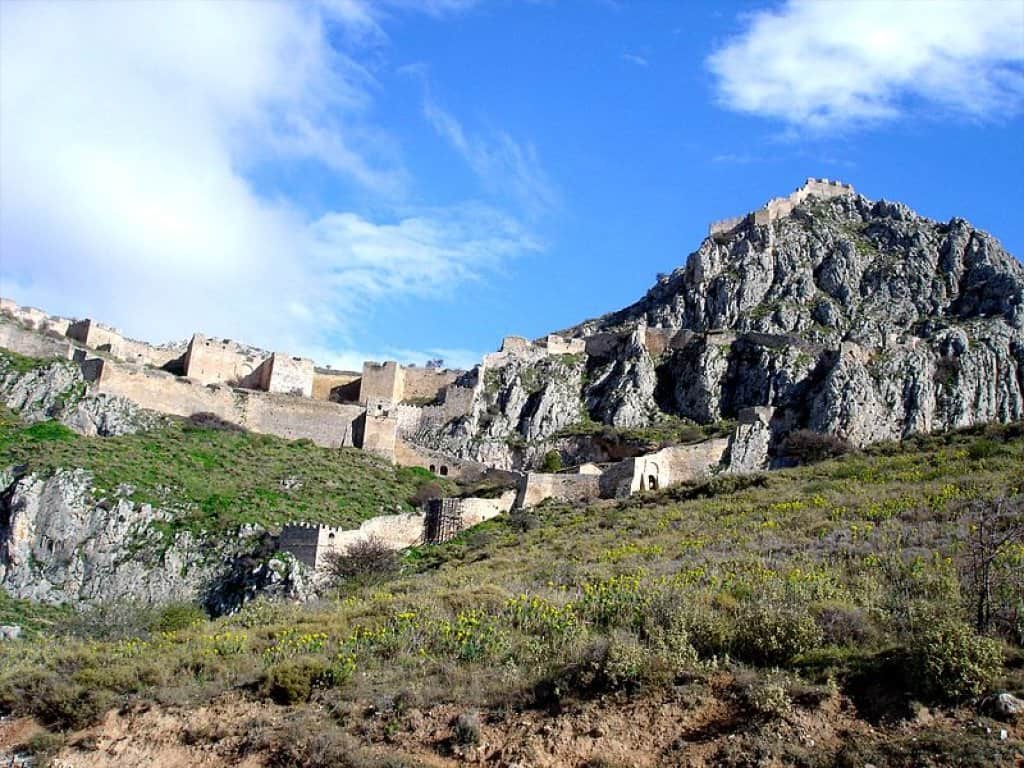

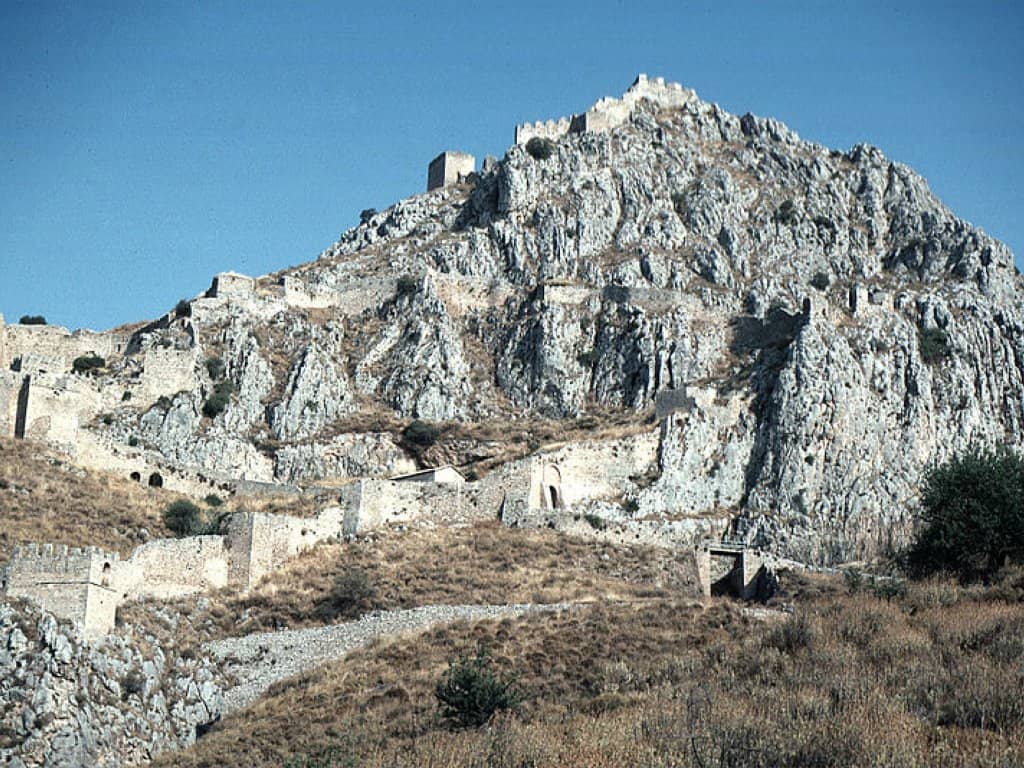
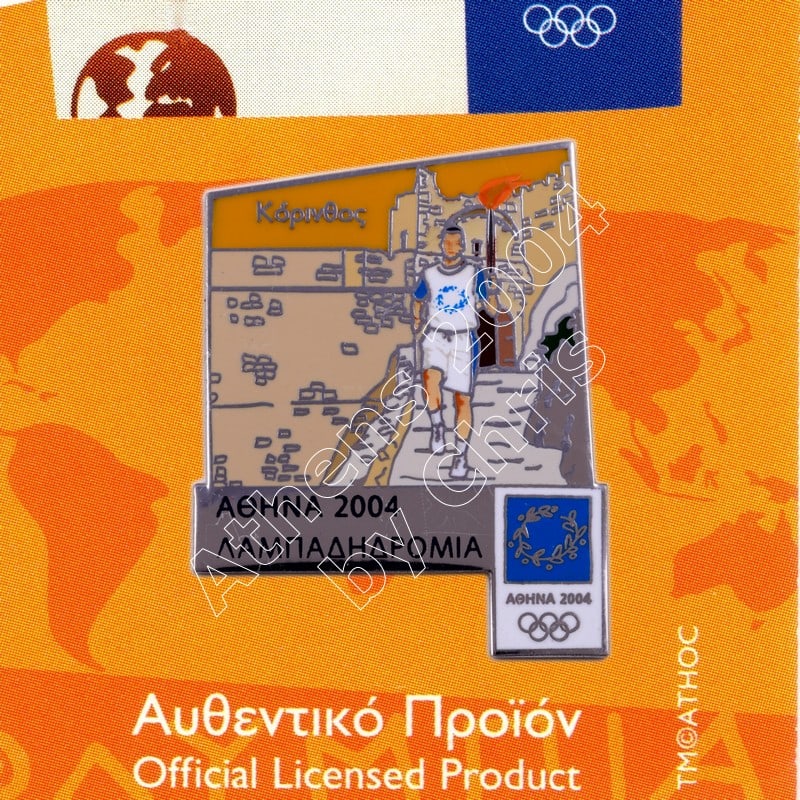
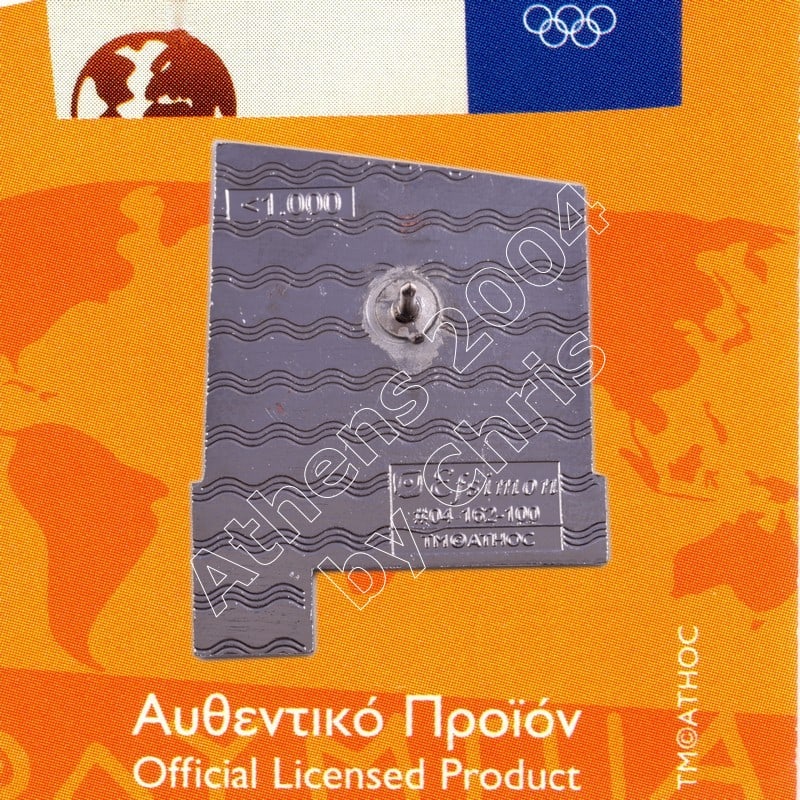

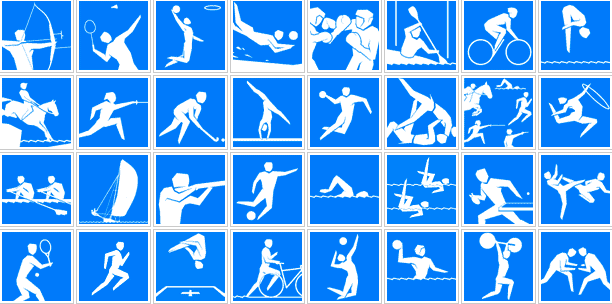

Reviews
There are no reviews yet.